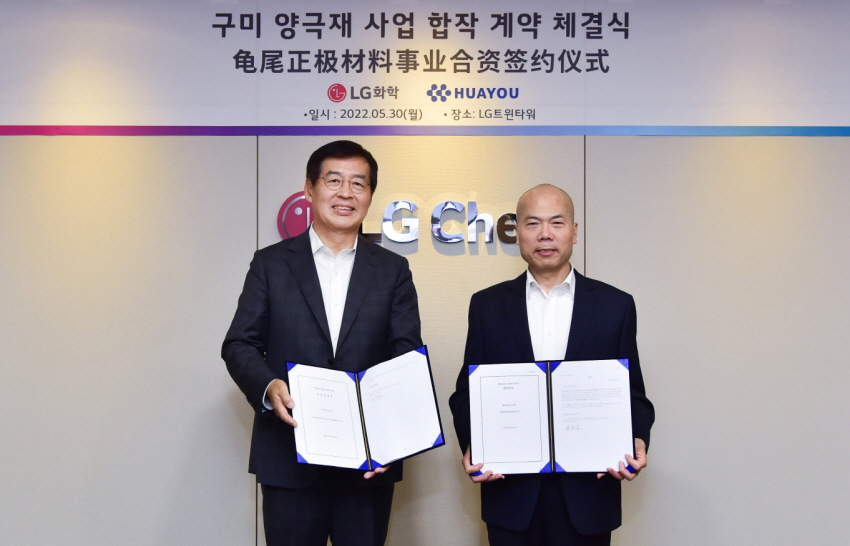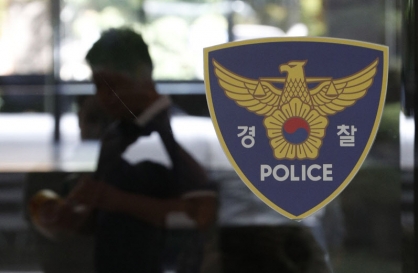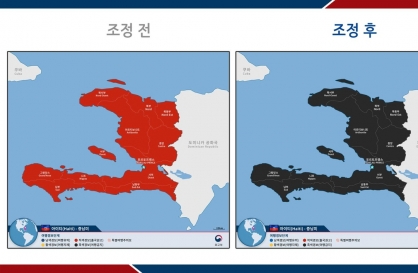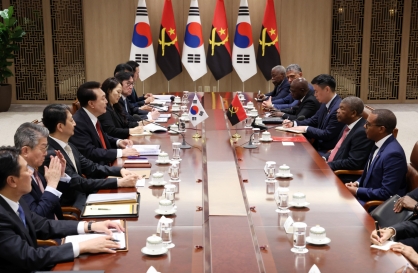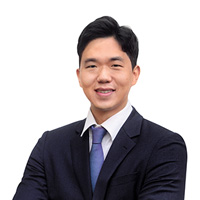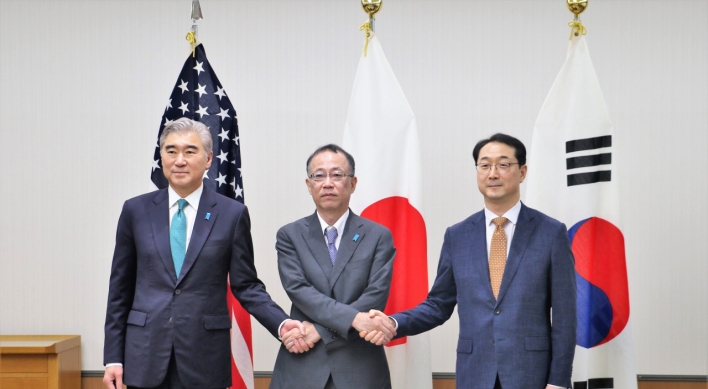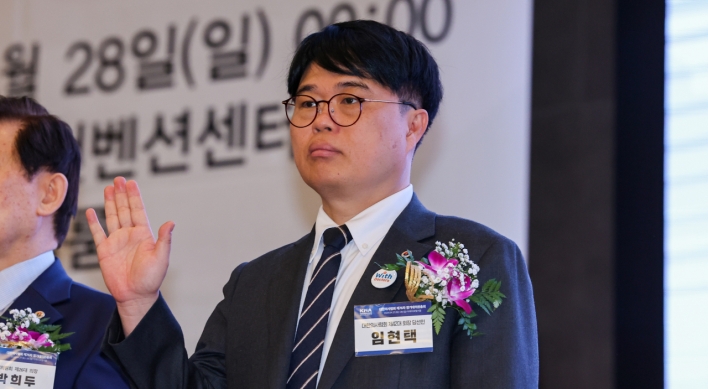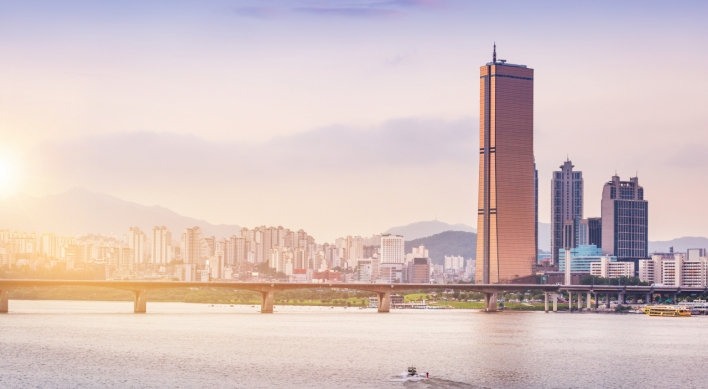LG Chem, Huayou Cobalt to build W1.2tr battery material plant in Korea
Joint factory in Saemangeum, North Jeolla Province, to produce 50,000 tons of precursors from 2029
By Kan Hyeong-wooPublished : April 16, 2023 - 14:49
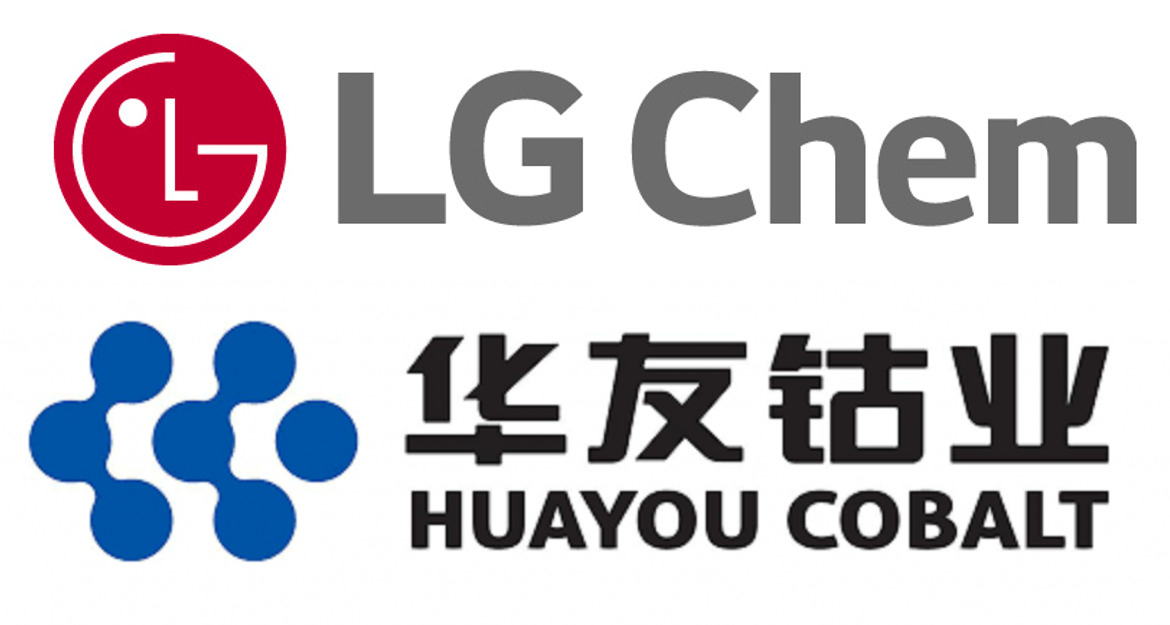
LG Chem, South Korea’s chemical giant, and Huayou Cobalt, China’s leading cobalt refiner, will invest 1.2 trillion won ($918 million) to build a battery material plant in Gunsan, North Jeolla Province, according to reports Sunday.
Citing anonymous industry sources, the reports said the two companies will officially sign the partnership Wednesday to jointly establish a production site for precursors. Precursors are core materials of cathode materials, one of the four critical battery components for electric vehicles.
According to the reports, the production site, which is expected to cover 330,000 square meters in Saemangeum, Korea’s largest land reclamation project, will be completed by the end of 2028. The plan is to begin producing 50,000 tons of precursors in 2029, according to the reports. The production of 50,000 tons of precursors is enough to supply about 600,000 EVs per year.
An LG Chem official told The Korea Herald that the company cannot confirm the reports, saying that there have been no official announcements.
LG Chem’s newest collaboration with the Chinese company intends to cope with the US government’s Inflation Reduction Act, the Biden administration’s policy to bolster domestic manufacturing and keep China’s presence out of the global supply chain. Approximately 90 percent of precursors used by Korean companies are imported from China
The IRA requires battery makers to process a certain proportion of battery minerals on US soil or in countries that have free trade agreements with Washington to be eligible for the government subsidy of up to $7,500 per EV. As Korea has an FTA with the US, LG Chem’s precursor production at the Saemangeum site would qualify for the IRA benefits.
LG Chem previously announced the plan to set up a precursor plant in the southeastern city of Ulsan with Korea Energy Materials Company, a subsidiary of Korea Zinc, in June last year. The two sides pledged a 200 billion won investment for the precursor factory with an annual production capacity of 20,000 tons. The joint plant is expected to begin operation in 2024.
The Saemangeum project will mark the third collaboration between the Korean and Chinese firms after LG Chem and Huayou Cobalt built two joint factories in China. Since signing a partnership in 2018 and launching a joint venture named Huajin New Energy Materials, the two companies established a precursor factory and a cathode plant in China.
LG Chem and Huayou Cobalt also announced a joint venture plan in May last year. The two sides decided to invest 500 billion won to build a cathode material plant that will produce nickel, cobalt, manganese and aluminum in Gumi, North Gyeongsang Province through 2025. The Gumi site is expected to begin mass production in the second half of 2024.
